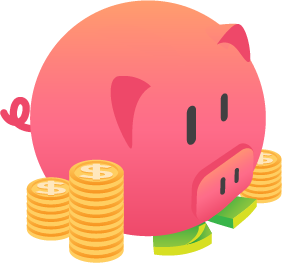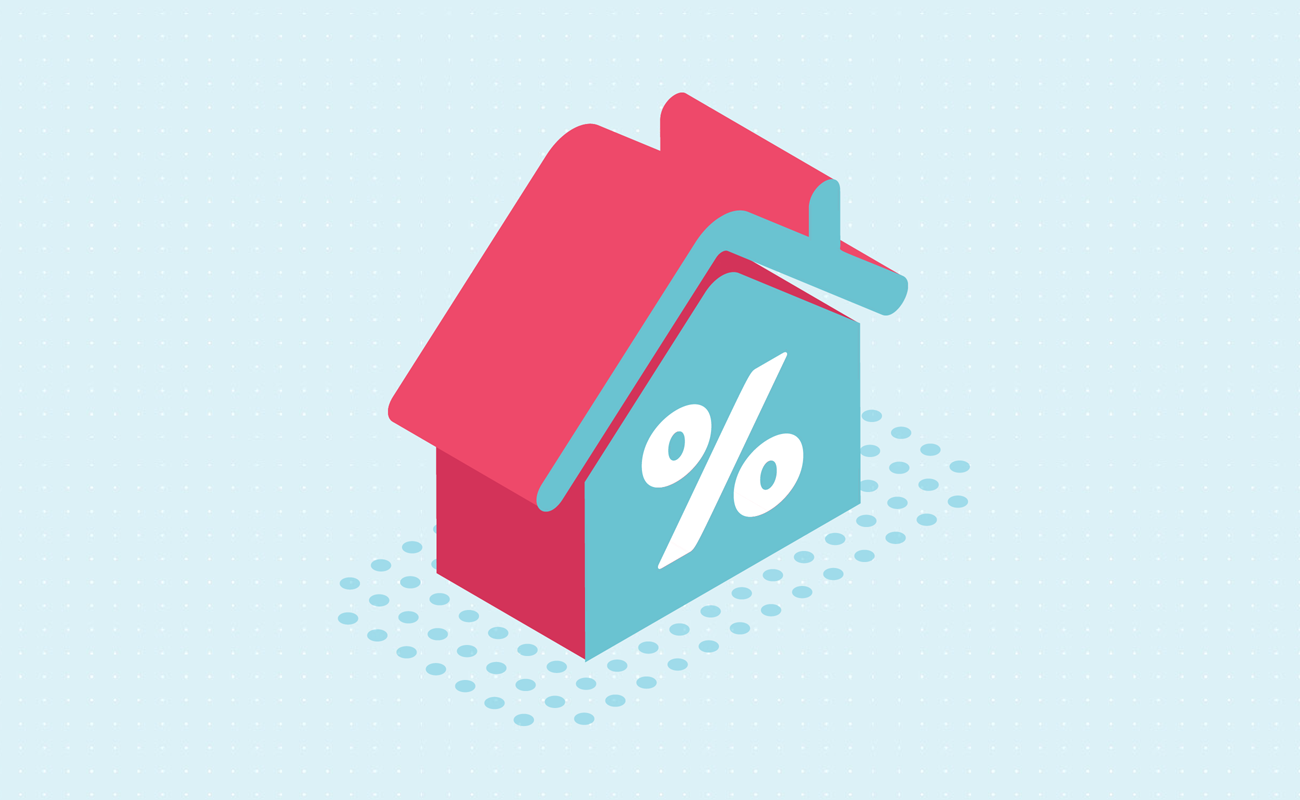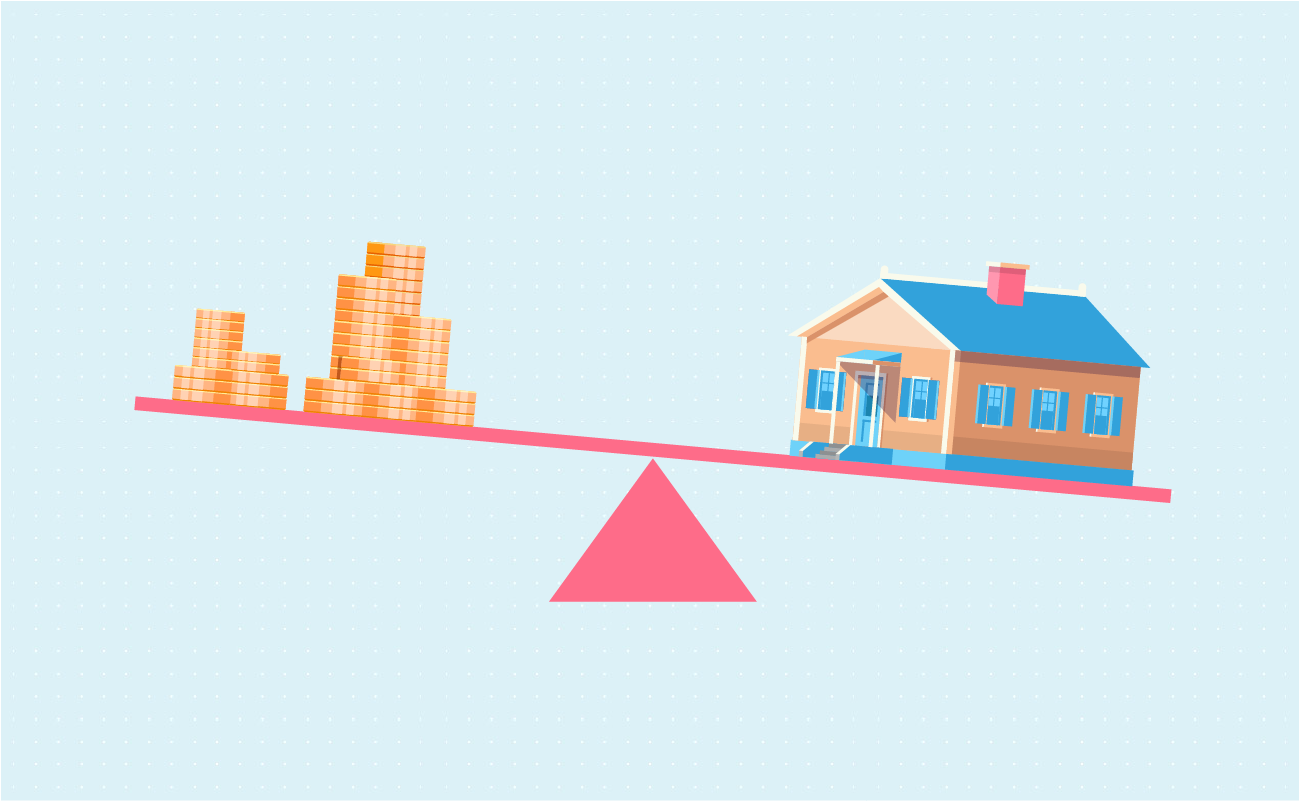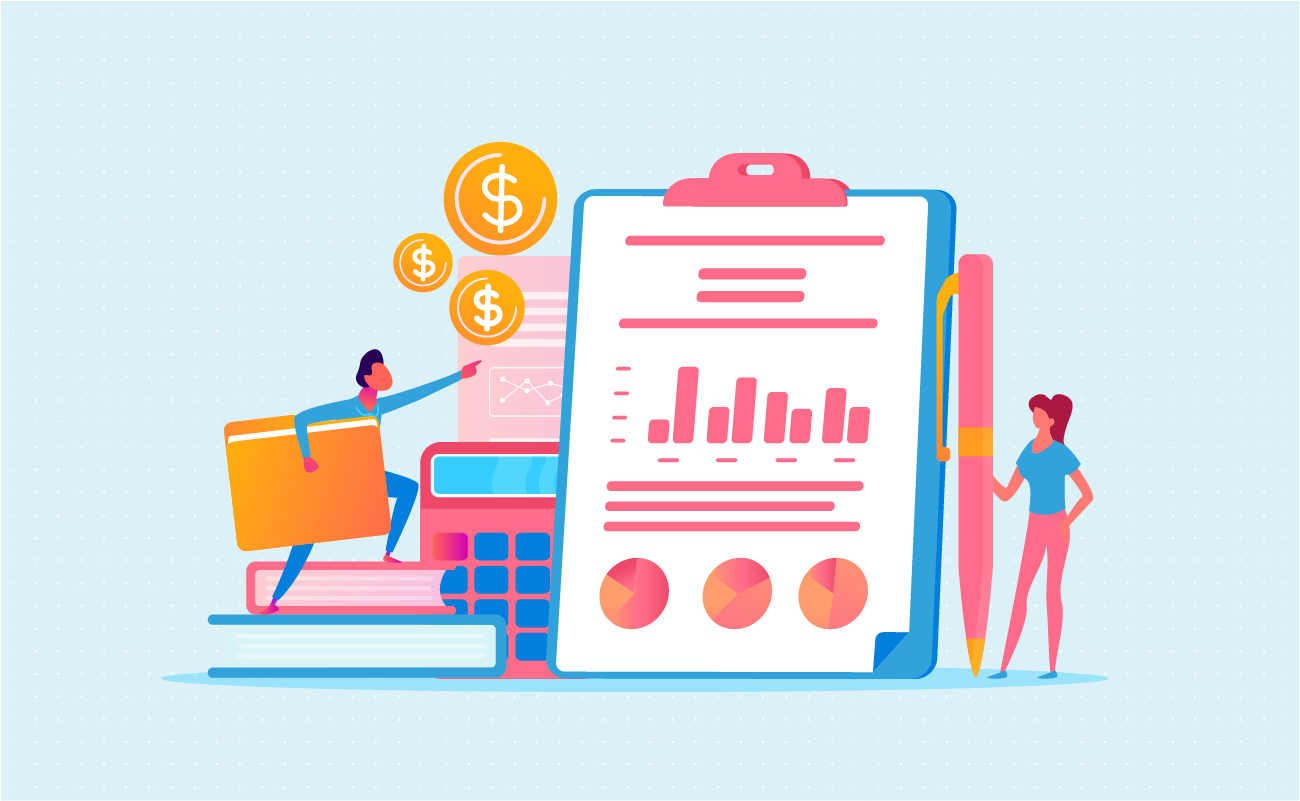Amortization
Biweekly Payments
Interest Only Payments
 Missing Loan Variable Calculator
Missing Loan Variable CalculatorThis calculator helps borrowers figure out a missing loan term by deriving it from the other known inputs. Enter whatever inputs you know (e.g. the loan amount, the interest rate, loan term, payment frequency, or payment amount) and then click on the calculate button near the remaining empty field.
Guide published by Jose Abuyuan on January 2, 2020
Securing a loan is a major step towards owning property. It's a sign you're ready to commit to greater responsibilities to reach your goals. Though it takes years to pay down, your debt is a vote of confidence towards your future. When you borrow money, it indicates you feel stable enough to earn the amount to pay it back.
However, growing debt poses risks. It's difficult to manage your loan payments the longer they go unpaid. Large debts likewise make you vulnerable during emergency situations.
In December 2019, the Wall Street Journal reported that many middle-class Americans are falling deeper into debt to maintain a middle-class lifestyle. Incomes have mostly been stagnant in the past two decades, while the cost of homes, cars, and healthcare has grown.
With inflation steadily on the rise, it becomes more challenging for many Americans to manage their finances. How does one effectively manage large debts?
In this guide, we'll help you stay on top of your finances by knowing your loan details and closely tracking your payments. And if you're looking to secure a loan, this guide will help you assess if you've found a favorable deal you can afford.

Before jumping the gun to get a loan, learn about the different components that impact its overall cost. These factors are crucial in determining whether or not you're getting a fair deal in the long run. In particular, we will discuss the components of amortized loans, which imposes fixed payments and a precise end date for repayment.
Loans are comprised of three key variables which determine your monthly payment. This includes:
Loan amount is the first aspect you must sort out before getting loan approval. It is also the principal balance which indicates how much you still owe your lender.
If you're shopping for a mortgage, you should have an idea how much your prospective home is priced. By then, you should figure out your down payment amount and how much you'll need to borrow.
Likewise, if you're looking for a used car, ask yourself if a $16,000 loan is enough to cover the cost. Or do you need more? Once you have a practical amount in place, stick to it. Higher debt will make your loan less manageable.
The interest rate, on the other hand, is the amount lenders charge to carry your debt. It is the money you pay so creditors can stay lucrative and keep servicing your loans. For the most part, what dictates the true price of borrowing is the overall interest cost.
Ideally, you want to negotiate a lower interest rate to make your payments manageable. Good credit score borrowers are generally given lower interest rates upon qualifying for a loan. Those with poor credit score, however, are offered higher interest rates because of the risk they pose to lenders.

Before applying for a loan, make sure to improve your credit score to secure competitive rates. Moreover, try to negotiate for a shorter term with monthly payments that still fit your budget.
Last but not least, the loan term is the fixed payment duration. Essentially, shorter terms incur lower interest cost. Extended loan terms, such as 30-year mortgages, end up costing more interest. So, before you agree to a longer term, it's best to calculate how much interest your payments might rack up.
For instance, cars depreciate at a fast rate. It makes better sense to stick to a shorter loan term, especially when purchasing a new vehicle. Car loans are traditionally paid within 5 years. But more recently, auto dealers have started giving terms as long as 7 years. This is unfavorable because you'll likely pay more for a car with considerably less value.
With all three variables in place, you can now compute your monthly payment. Follow this formula:
Monthly Loan Payment = Amount / Discount Factor
Monthly Payment = A / D
For an easier way to find your loan's monthly payment, use the above calculator.
Let's apply the calculation to the example below. Suppose you have car loan with a $20,000 balance at 6 percent interest with a 5-year term.
Monthly Payment = A / D
=20,000 / D
=20,000 / {[(1 + r) ^n] – 1} / [r(1 + r)^n]
r = 0.06 / 60
r = 0.001
n = 12 x 5
n = 60
D = {[(1 + r)^n] – 1} / [r(1 + r)^n]
D = {[(1 + 0.001)^60] – 1} / [0.001(1 + 0.001)^60]
D = 51.7250297418921
Monthly Payment = A / D
MP = 20,000 / 51.7250
MP = 386.66
For this example, your car loan payment is $386.66 each month.

The following calculations break down the basic formulas you need to create an amortization table.
Interest Payment = (Interest Rate x Loan Balance) / 12
Example:
Monthly Payment: $290
Interest rate: 6%
Original Loan balance: $15,000
Interest Payment = 0.6 x 15,000
= 900
= 900 / 12
= 75
The interest payment is $75.
Principal Payment = Monthly Payment – Interest Payment
290 – 75
= 215
The principal payment is $215.
Current Loan Balance = Previous Loan Balance – Principal Payment
= 15,000 – 215
= 14,785
The current loan balance is $14,785.
Just repeat this calculation to estimate the payment breakdown for the entire duration of your loan. These same calculations are used to determine your payment schedule.
Now that you know how to calculate your loan details, you can keep track of your amortization schedule. This payment schedule breaks down how much of your payment goes to interest and principal every moth. It also shows how much of your balance is unpaid, as well as how many payments you need to make to pay it down.
To give you a better idea, below is a sample amortization schedule which shows the first five payments and last five payments of a 5-year car loan.
| Month / Year | Payment No. | Starting Balance | Interest Paid | Principal Paid | Ending Balance |
|---|---|---|---|---|---|
| Feb 2020 | 1 | 20,000 | $100 | $287 | $19,713 |
| March 2020 | 2 | $19,713 | $99 | $288 | $19,425 |
| April 2020 | 3 | $19,425 | $97 | $290 | $19,136 |
| May 2020 | 4 | $19,136 | $96 | $291 | $18,845 |
| Jun 2020 | 5 | $18,845 | $94 | $292 | $18,552 |
| *** | *** | *** | *** | *** | *** |
| Sept 2024 | 56 | $1,905 | $10 | $377 | $1,527 |
| Oct 2024 | 57 | $1,527 | $8 | $379 | $1,148 |
| Nov 2024 | 58 | $1,148 | $6 | $381 | $768 |
| Dec 2024 | 59 | $768 | $4 | $383 | $385 |
| Jan 2025 | 60 | $385 | $2 | $385 | $0 |
*The figures in this table were rounded off to the nearest whole number.
At a six percent rate, you'll notice that interest payments are lower compared to the principal payment. Out of $387, only $100 went to interest, and $287 went toward the principal. This helps decrease the balance at a fast rate. After the first three payments, the loan balance is reduced to $18,845. You also notice the interest paid slowly decreases every month by a few dollars.
By the 56th payment, only $10 goes to interest while $377 goes toward the principal. In the final five payments, you'll see how significantly lower the interest charges are until the loan has been paid.
If you add up all the interests paid, the total interest cost is $3,199.36.
What if I you have a lower interest rate? Let's compare the previous rate with a higher rate of 15 percent. Below is a table with the same loan amount of $20,000 and a 5-year term. However, because of the higher rate, the monthly payment is now $476. Take note: Higher interest rates at shorter terms usually mean higher monthly payments.
| Month / Year | Payment No. | Starting Balance | Interest Paid | Principal Paid | Ending Balance |
|---|---|---|---|---|---|
| Feb 2020 | 1 | 20,000 | $250 | $226 | $19,748 |
| March 2020 | 2 | $19,748 | $247 | $229 | $19,495 |
| April 2020 | 3 | $19,495 | $244 | $231 | $19,314 |
| May 2020 | 4 | $19,314 | $241 | $234 | $19,080 |
| Jun 2020 | 5 | $19,080 | $238 | $237 | $18,842 |
| *** | *** | *** | *** | *** | *** |
| Sept 2024 | 56 | $2,292 | $29 | $447 | $1,845 |
| Oct 2024 | 57 | $1,845 | $23 | $453 | $1,392 |
| Nov 2024 | 58 | $1,392 | $17 | $458 | $934 |
| Dec 2024 | 59 | $934 | $12 | $464 | $470 |
| Jan 2025 | 60 | $470 | $6 | $470 | $0 |
*The figures in this table were rounded off to the nearest whole number.
Notice the difference in interest payments. In this example, more of your payment goes toward the interest rather than your principal. It's also reduces your balance a bit slower despite the higher payment. Here, the schedule shows it takes at least four payments before the balance decreases to $18,842.
But towards the latter part of your term, more of your payment goes to the principal. By the 56th payment, $447 is applied to the principal, while only $29 goes to interest. Interest payments decrease by $6 until the entire loan is paid off.
With a higher interest loan, your overall interest cost will be $8,547.92. That's $5,348.56 more compared to the previous loan with a 6 percent rate.
What does this tell us? When shopping for rates, try to get the lowest interest possible under your credit score. It will substantially reduce total interest charges for the entire life of your loan.

Remember these tips if you're looking for a loan or organizing your payments.
Taking loan may seem like a taxing process. But if you break it down to its basic components, you'll understand which loans are more favorable than others. Being informed also makes you focus on the actual cost rather than low monthly payments.
Getting a favorable deal will make debt repayment more manageable. In the long run, this will help you manage your finances and maintain timely payments with ease.
Know the true cost of your loan. Calculate your overall interest cost by visiting our basic loan calculator. You can also create a printable loan amortizaiton table to track your progress on the loan.
Jose Abuyuan is a web content writer, fictionist, and digital artist hailing from Las Piñas City. He is a graduate of Communication and Media Studies at San Beda College Alabang, who took his internship in the weekly news magazine the Philippines Graphic. He has authored works professionally for over a decade.